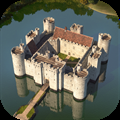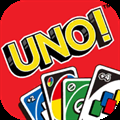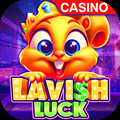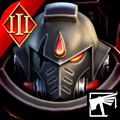Hearthstone Demon Hunter Class Guide - Theria Games
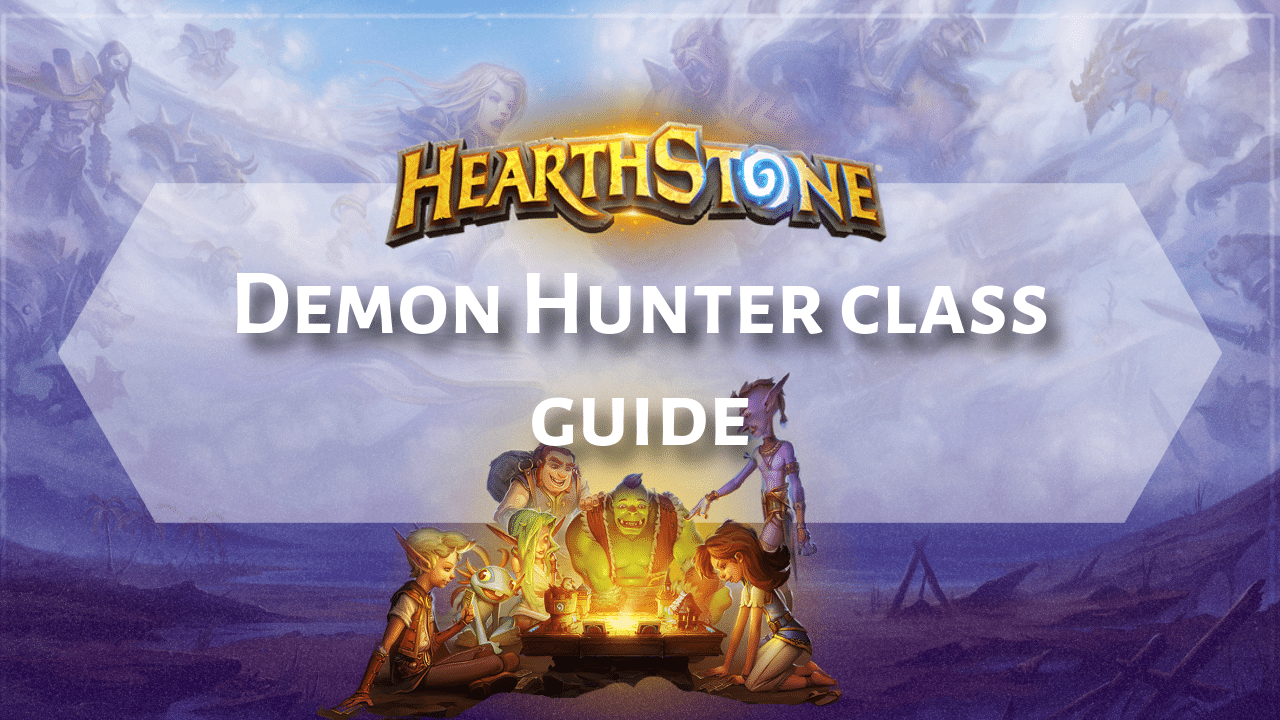
Hearthstone Demon Hunter class guide: Introduction to the Demon Hunter
https://hearthstone.blizzard.com/en-usThe Demon Hunter is the first new class introduced to Hearthstone, marking a significant milestone for the game. Rooted in Warcraft lore, Demon Hunters are disciples of Illidan Stormrage, embracing fel and chaotic magics to combat the Burning Legion. They wield the powers of the demons they have slain, developing demonic traits in the process. The class is designed to be high-tempo and aggressive, combining elements of Rogue and Warlock. With a focus on weapons, demons, lifesteal, card draw, and relentless aggression, Demon Hunters thrive in the midst of battle alongside their minions.
To unlock the Demon Hunter, players must complete a free prologue campaign consisting of four single-player missions that recount Illidan Stormrage’s origin story from his perspective within the Hearthstone universe. This prologue becomes available on April 2nd, shortly before the expansion’s release. Completing the prologue grants players the Demon Hunter class, along with 10 Demon Hunter Basic cards, a 20-card Demon Hunter Initiate set (part of the Year of the Dragon rotation), and a pre-built Demon Hunter deck list, provided they have an open deck slot. This means players will receive a total of 30 cards and a fully functional Standard deck to use immediately.
The Demon Hunter officially arrives with the Ashes of Outland expansion on April 7th. Importantly, this class is completely free to all players, making it accessible to everyone looking to experience its aggressive, fast-paced playstyle.
Core Mechanics of the Demon Hunter
The Demon Hunter’s Hero Power, Demon Claws, costs 1 Mana and grants +1 Attack until the end of the turn, making it highly efficient and easy to integrate into any play. Unlike other Hero Powers, it remains useful at all stages of the game and does not require a weapon to function. Many Demon Hunter cards are designed to synergize with this Hero Power by triggering attack-related effects. Notably, Genn Greymane has no impact on Demon Claws since it already costs 1 Mana, while Baku the Mooneater would upgrade it to grant +2 Attack per use.
A defining mechanic of the Demon Hunter class is the unique keyword Outcast. Cards with Outcast gain powerful bonuses when played from the left or right-most position in your hand, signified by a yellow outline when the condition is met. This mechanic encourages strategic hand management and turn planning, making positioning a crucial aspect of gameplay.
Outcast promotes a different playstyle by forcing players to consider not only the order of their cards but also when to hold or play them for maximum value. Examples of Outcast cards include Consume Magic, Skull of Gul’dan, Eye Beam, and Illidari Felblade, with some effects reducing costs, providing extra damage, or enhancing draw potential. Thematically, Outcast represents Illidan and his followers, who are considered outcasts in the Warcraft universe.
Demon Hunter is designed as a fast, aggressive class with a focus on attacking. Many of its cards enhance the Hero’s ability to strike enemies directly, supported by a strong arsenal of weapons and attack buffs. Some weapons allow for multiple attacks per turn, while others provide significant damage boosts. The class also has a deep synergy with Demons, featuring minions that empower each other through various effects, including death triggers and stat buffs. The aggressive nature of the class means it takes damage while controlling the board, making Lifesteal an important tool for sustain. Cards like Eye Beam and Aldrachi Warblades allow Demon Hunters to regain health while dealing damage, ensuring they can maintain pressure without self-destructing.
Demon Hunters also have access to efficient card draw, allowing them to cycle through their deck quickly and find key cards. Options like Crimson Sigil Runner and Spectral Sight provide consistent draw to maintain aggression and set up lethal plays. Many Demon Hunter cards further enhance their aggressive nature by synergizing with the Hero’s Attack, rewarding players for using their Hero Power and attacking frequently. Cards like Battlefiend, Shadowhoof Slayer, and Glaivebound Adept grow stronger when the Hero attacks, while spells like Twin Slice and Chaos Strike provide additional attack power at a low cost.
The class also supports minion swarm and death synergy strategies. Some cards thrive on friendly minions dying, enabling combos that generate value through attrition. Feast of Souls offers card draw based on the number of friendly minions that die in a turn, while Wrathscale Naga deals damage to random enemies when allied minions fall. For a more control-oriented approach, Demon Hunters can leverage big Demons, deploying them earlier than usual with specialized cards. Proving Grounds summons two minions from the deck to fight, making it powerful when paired with high-impact Deathrattle minions or dormant units. Raging Felscreamer reduces the cost of the next Demon played, allowing for strong tempo swings by dropping powerful minions earlier than expected.
With its aggressive tempo, unique Outcast mechanic, and strong synergy between Hero attacks, weapons, and minions, Demon Hunter brings a fresh and dynamic playstyle to Hearthstone, offering players multiple viable archetypes to explore.
Demon Hunter Card Sets
The Basic Set for Demon Hunter consists of 10 fundamental cards that are permanently available in Standard. These cards are entirely free, and players can earn golden versions by leveling up their Demon Hunter. As with all Basic cards in Hearthstone, they provide essential tools that define the class’s core playstyle.
The Demon Hunter Initiate Set is a special 20-card set introduced alongside the class to give it an immediate presence in the game. Players unlock these cards by completing the four introductory missions, and they are also free. Unlike the Basic Set, the Initiate Set is tied to the Year of the Dragon, meaning it will eventually rotate out of Standard and become available only in Wild.
The first expansion to feature Demon Hunter was Ashes of Outland, which introduced 15 class-specific cards. Unlike the Basic and Initiate sets, these cards are obtained from card packs, which can be purchased using gold or real money. Starting with Ashes of Outland, Demon Hunter will receive 15 class cards per expansion, instead of the standard 10 that other classes receive. This is to compensate for the fact that the class started with fewer cards than the rest.
Looking ahead, Blizzard plans to create a Classic Set for Demon Hunter after its first year. This set may consist of newly designed cards or existing cards that would have rotated but are chosen to remain in Standard. As of now, only Basic cards are confirmed to stay in Standard permanently, but there is a possibility that Blizzard may decide to keep the Initiate Set as well to further support the class.
Example Strategies and Deck Archetypes
Aggro Demon Hunter is built around early-game tempo and quickly overwhelming the opponent with aggressive minions and direct damage. It relies on strong early-game drops and efficient damage-dealing spells to maintain board control. A good mulligan is crucial, as finding early threats like Battlefiend, Crimson Sigil Runner, and cheap spells can establish immediate pressure and snowball into victory.
Midrange Demon Hunter balances early and mid-game strength, leveraging Outcast effects and mana discounts for tempo swings. This deck thrives on flexible plays, using key cards like Glaivebound Adept, Satyr Overseer, and Aldrachi Warblades to maintain board control while dealing consistent damage. It can pivot between aggressive and defensive strategies based on the matchup.
Big Demon Hunter takes a more control-oriented approach, aiming to survive the early game before cheating out massive Demon minions for board dominance. This strategy utilizes cards like Proving Grounds to summon powerful Demons ahead of curve, capitalizing on minions with Deathrattle or the Dormant keyword to create overwhelming threats that opponents struggle to remove efficiently.
OTK (One-Turn Kill) Demon Hunter is a combo-based archetype that focuses on setting up a game-ending burst of damage in a single turn. It often relies on card draw and cost reduction effects to assemble the required pieces quickly. Some versions revolve around completing a Quest, while others rely on stacking attack buffs or spell damage. Glide plays a crucial role in accelerating through the deck and disrupting the opponent’s hand.
Highlander Demon Hunter follows a one-of-each-card deckbuilding restriction to activate powerful Highlander effects. This archetype often includes Reno Jackson for survivability and late-game value. Some builds also incorporate infinite loop combos for sustained control, making it a viable strategy for outlasting opponents in drawn-out games.
Tempo Demon Hunter focuses on maintaining consistent board presence and making efficient trades to keep the opponent on the back foot. It relies on cheap, high-value minions and aggressive spells to dictate the pace of the game, ensuring that the opponent is always under pressure. The deck’s ability to cycle cards efficiently allows it to maintain aggression without running out of resources.
Shopper Demon Hunter is a tempo-based archetype that revolves around the synergy between Umpire’s Grasp and Window Shopper to execute strong mid-game plays. The goal is to play Umpire’s Grasp on curve (turn three) to draw and discount Window Shopper, enabling the early deployment of powerful Demons. The mulligan phase is crucial, as finding Umpire’s Grasp or Instrument Tech ensures that the deck executes its core strategy smoothly.
Key Cards to Craft (Budget Considerations)
When crafting Demon Hunter cards, prioritize based on rarity and impact, focusing on high-priority lower-rarity cards before committing to expensive Legendaries with lower importance. Crafting multiple high-impact Commons and Rares can often provide greater deck consistency than a single Legendary.
Among Commons, Crimson Sigil Runner is a top priority due to its flexibility, offering both card draw and early board presence. Spectral Sight is a solid choice for Outcast-based decks, providing efficient conditional draw. Burning Heart serves as a versatile removal tool while also offering extra reach for finishing games. Vicious Slither Spear is a strong one-drop that fits well into aggressive strategies. Through Fel and Flames provides an early-game buff and rush effect for minions, helping maintain board control. Instrument Tech is essential for decks relying on weapon synergies, ensuring access to key cards like Umpire’s Grasp.
For Rares, Skull of Gul’dan is a top-tier craft, offering powerful draw and mana discounts when Outcasted, making it a core card for many Demon Hunter archetypes. Priestess of Fury is a lower-priority option, serving as a decent mid-game threat. Furious Felfin is useful when trading into larger threats, providing efficient board control. Umpire’s Grasp is a must-have for Shopper Demon Hunter, boasting one of the highest win rates in the archetype. Window Shopper is another core card for the deck, enabling powerful Demon summons when combined with Umpire’s Grasp.
Among Epics, Warglaives of Azzinoth is a solid mid-priority craft, excelling at board control while allowing multiple attacks per turn. However, with alternative weapon options available, its necessity depends on deck preference.
For Legendaries, Metamorphosis is a top-priority craft, offering a unique source of burst damage and removal, making it essential for OTK strategies. Kayn Sunfury is another high-priority card, providing the ability to bypass Taunt, making it crucial for Aggro and Midrange Demon Hunter. Maiev Shadowsong, while a useful tool for bypassing Taunt, is a lower-priority craft, as it is not essential for most Demon Hunter decks. Budget players should initially focus on strong Commons and Rares to build competitive decks before investing in Legendaries.
When allocating gold, prioritize Ashes of Outland card packs, as they contain the only relevant Demon Hunter class cards at launch. Other expansions—Rise of Shadows, Saviors of Uldum, and Descent of Dragons—do not offer Demon Hunter cards, making them unnecessary for dedicated players of the class. Galakrond’s Awakening provides very few relevant cards, with Frenzied Felwing being the only consideration due to its synergy with aggressive playstyles.
Tips and Tricks for Playing Demon Hunter
Playing Demon Hunter effectively requires a balance between aggression and board control, knowing when to trade minions for board dominance versus pushing direct damage to the opponent’s hero. Aggressive Demon Hunter decks typically focus on face damage, especially when setting up lethal.
The 1-mana Hero Power, Demon Claws, should be used efficiently to maximize damage output and activate attack-based synergies. Its low cost allows it to be easily woven into turns, providing consistent pressure.
Mastering the Outcast mechanic is essential for optimal play. Always pay attention to card order in your hand and position Outcast cards carefully to trigger their effects. This strategy starts as early as the mulligan phase, ensuring that Outcast cards drawn on the left can be activated efficiently.
Demon Hunter has limited healing options outside of Lifesteal effects, making it crucial to use Lifesteal cards effectively for sustain. Cards like Eye Beam and Aldrachi Warblades can turn the tide of a match, but they must be played at the right moment to maximize their impact.
A key skill with Demon Hunter is recognizing when to shift from board control to aggressive lethal pressure. Maintaining board presence is important, but knowing when to go all-in on face damage can decide the game.
Proper turn sequencing is critical to avoid missing damage opportunities or misplaying key cards. Plan ahead to ensure Outcast effects are triggered, mana is used efficiently, and damage output is maximized.
Anticipate your opponent’s removal options and consider whether you can recover if your board is cleared. If you have backup resources, avoid overcommitting, but if you’re in a position where a board clear would result in a loss regardless, applying full pressure may be the best option.
For Shopper Demon Hunter, playing Umpire’s Grasp on curve is crucial for maximizing win rates. This allows for early cost reduction and synergistic demon summons, leading to strong tempo plays that overwhelm opponents quickly.
Demon Hunter in Battlegrounds
Illidan Stormrage is a playable hero in Hearthstone Battlegrounds, bringing his signature Outcast abilities from the main game into the mode. His passive Hero Power, Outcast, triggers automatically at the start of combat, granting an immediate attack to both the left-most and right-most minions on his board. This ability guarantees that Illidan’s minions strike first, providing a strong combat advantage by allowing them to damage or eliminate enemy minions before they can retaliate.
This effect is particularly valuable when paired with high-attack minions or those with special targeting abilities, such as Zapp Slywick, who can bypass Taunt and attack weaker backline enemies. The ability also works well with minions that benefit from attacking, such as those with Windfury, Divine Shield, or Reborn, ensuring that they can make maximum impact before the opponent has a chance to respond.
Since Illidan’s Hero Power directly influences combat order, strategic minion placement is essential for success. Players must carefully position their strongest, most impactful minions in the left-most and right-most slots to maximize their early attacks. Whether focusing on aggressive strategies to overwhelm opponents quickly or using targeted attacks to eliminate key threats, Illidan rewards careful planning and smart positioning, making him a powerful choice in Hearthstone Battlegrounds.
Conclusion
The Demon Hunter is a dynamic and aggressive class in Hearthstone, defined by its low-cost Hero Power, the strategic Outcast keyword, and a focus on relentless offense. With access to a variety of playstyles, it excels at fast-paced aggression, tempo-driven board control, and powerful demon synergies. Success with the class requires mastering the Outcast mechanic, carefully sequencing plays to maximize its effects, and efficiently utilizing the 1-mana Hero Power for consistent damage output. Knowing when to trade minions for board control versus pushing for lethal damage is crucial. Demon Hunter rewards proactive gameplay, and players are encouraged to experiment with its diverse archetypes to find the strategy that best suits their approach.





